Editor’s note: Beginning 15 October 2017, we’re running a new series called ‘By Design’ that looks at Indian cities from the perspective of urban design. How can design make the quality of life in India cities better? How can the architecture of our infrastructure prevent life-threatening situations like flooding, or rush-hour stampedes? What solutions can simple design changes offer to monumental urban problems? We’ll be discussing all this and more, in ‘By Design’. Walter Benjamin’s quintessential flâneur would have found it impossible to roam the streets of our metropolitan cities. The cacophony of horns and sirens, the roar of motorists spewing expletives at each other for every outrage to their driving speed and pleasure, and the braying-barking-neighing of urban fauna would jolt him out of his reveries. The unhappy realisation that the city is no place for sauntering, let alone daydreaming or contemplating the street’s architectural wonders, would drive him to the relative safety of the claustrophobic indoors. “The flâneur,” writes Benjamin in The Arcades Project, his fragmented and unfinished rumination on 19th century Paris, completed between 1927 and 1940, “seeks refuge in the crowd. The crowd is the veil through which the familiar city is transformed for the flâneur into phantasmagoria.” The phantasmagoria of the city has a rapidly dwindling audience, and flânerie, as a therapeutic pause in the rush of city life, is both unpopular and impractical. Gone are the open spaces — the broad sidewalks, the parks and patches of forested land — that allowed weary city dwellers a stroll or a roll on undulating greens or a breath of air that smelt, not of diesel, but of pine, deodar and eucalyptus. Roads, railway tracks and metro stations, malls, housing projects and other emblems of urban development — unsightly but necessary — have encroached upon spaces demarcated for Benjamin’s flâneur. [caption id=“attachment_4180007” align=“alignnone” width=“825”] 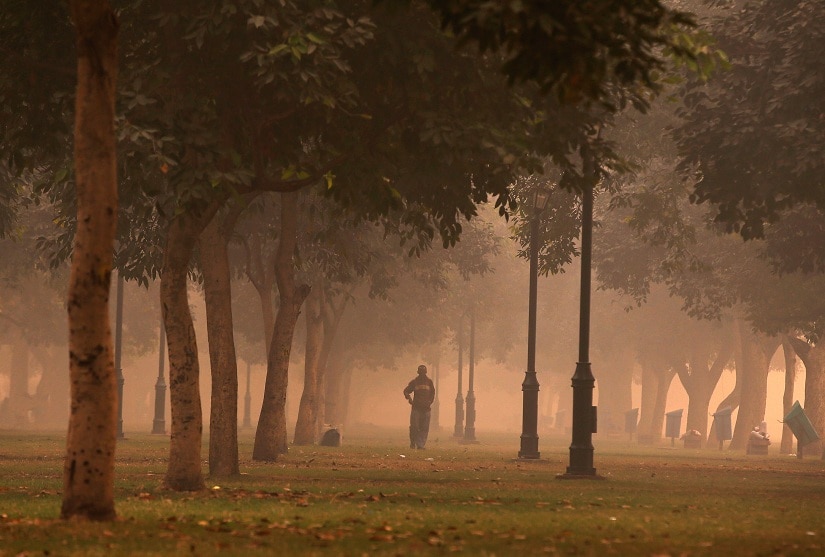 Open or public spaces — a city’s streets, parks, waterfronts, squares, maidans, chowks — are necessary breathers. REUTERS[/caption] Urban populations are ever-increasing throngs that jostle for a city’s space, resources, opportunities. According to data from a United Nations publication, World Urbanisation Prospects: The 2014 Revision, the world’s urban population is around 3.9 billion, and is expected to reach 6.3 billion by 2050. Over half of the world’s population (54 percent) lives in urban areas now, when compared with 1950, when only 30 percent lived in towns and cities. As per the report, the global urban population is estimated to grow by 2.5 billion urban dwellers between 2014 and 2050, with almost 90 percent of the increase concentrated in Asia and Africa. The report also cites Delhi as the world’s second most populous city, after Tokyo, with around 25 million people. Mumbai, which is sixth on the list of the world’s most populous cities in 2014, is expected to rise to the fourth position in 2030, when its population is projected to expand to around 28 million, from its current 21 million. India is projected to add 404 million urban dwellers by 2050, to its existing urban population of over 410 million. The statistics tell of swollen cities bursting at the seams with migrant workers and slum dwellers. Open or public spaces — a city’s streets, parks, waterfronts, squares, maidans, chowks — are necessary breathers then, which provide vibrant and sometimes historical locations for public encounter, and facilitate a civic culture of morning or evening walks, newspaper-reading on park benches, boisterous cricket and football matches, _flâneri_e, and, as recent gatherings at public spaces have revealed, activism. Romi Khosla, founding partner at Romi Khosla Design Studios (RKDS), defines an open space as a “community resource — whether it is in towns, cities or villages.” He sub-categorises it into — 1. Space Left Over After Building (SLOAB): “This is usually the messy space left as islands of neglected areas where slums appear and garbage seems to collect,” he explains. 2. Space Designed for the Elite (SDE): “Whether one includes pavements, parks, setback lawns or golf courses – these spaces are beautifully maintained and have an extensive coverage of grass and provisions for sprinkled water.” 3. Temporary, linear, processional spaces: “A general or religious open space used for festivals or weekly community markets; the open space sometimes has a linear shape for processions to move ahead.” Khosla is of the opinion that it is the SDE that is designed and redesigned constantly, with a blatant disregard for the environment. “A city like Delhi should have extensive river parks flowing through it. Also, the rate at which we are destroying the Aravalli Mountains is alarming,” he underscores. [caption id=“attachment_4180011” align=“alignnone” width=“825”] 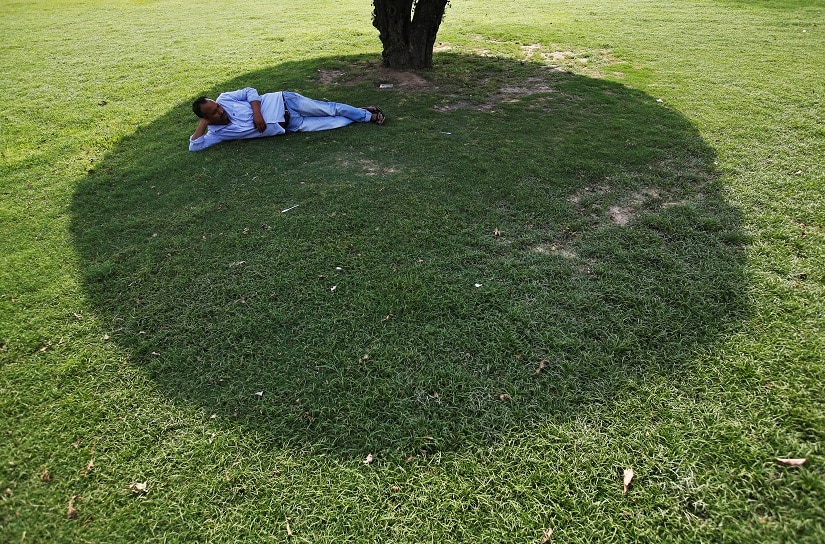 Open spaces are a community resource — whether in towns, cities or villages. REUTERS[/caption] The degradation of the Aravalli Range, the oldest fold-mountain range in India is also what preoccupies Vikram Soni, a conservationist and tireless crusader for the Delhi Ridge — the northern extension of the Aravallis, which covers a distance of around 35 km and is commonly referred to as the “green lungs” of the city. Soni, who is also the author of Naturally: Tread Softly on the Planet and is now Professor Emeritus (Physics and Ecological Wisdom) at Jawaharlal Nehru University (JNU) and Jamia Millia Islamia, New Delhi, draws a biological analogy to explain the lopsided development of urban cities where a proliferation of malls and townships have destroyed the their natural ‘spaces’ — river zones and flood plains. “Living organisms maintain a steady state reflected in their internal equilibrium — temperature, pressure, trace elements, blood plasma — what is known as homeostasis,” he says, adding, “The earth, too, maintains a steady state by keeping its atmospheric profile constant.” Cities, he emphasises, are at an “intermediate scale between living organisms and the planet.” They should be self-sustaining, but, “their natural infrastructure is being destroyed by artificial infrastructure.” [caption id=“attachment_4181127” align=“alignnone” width=“825”] 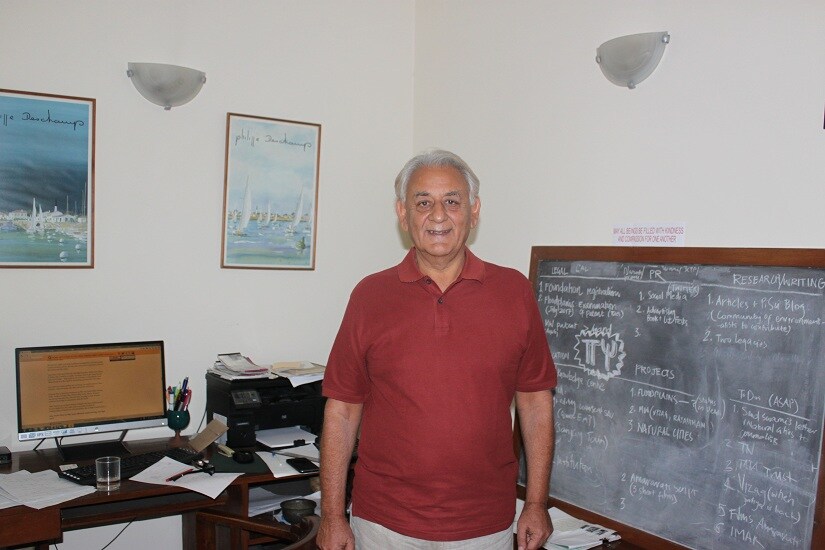 Vikram Soni. Photo courtesy Radhika Oberoi[/caption] Soni’s efforts to protect the Delhi Ridge were initiated in 1995, when he led a campaign to prevent the construction of a road through the ridge forests of Delhi’s Vasant Kunj. In 2004, he protested the auctioning of parts of the Delhi Ridge for the construction of malls. He organised the formation of a human chain two kilometers long, which stretched out from Vasant Vihar to Vasant Kunj on Delhi’s Nelson Mandela Marg. The movement saved around 233 hectares of what is now known as the Aravalli Biodiversity Park. “A forest is a provider but a park is a consumer. A forest regenerates on its own whereas a park needs constant upkeep. A forest provides water, good air and biodiversity of flora and fauna,” Soni says, emphasising that integrating forests, pastures and orchards into the cityscape controls its temperature and makes it locally self-sustaining. Sachin Jain, founding partner at SJA Consultants and a member of the education board of the Indian Society of Landscape Architects, describes the social role of open spaces like natural or semi-natural forests, green spaces alongside rivers, ceremonial landscapes, and the parks and courtyards around monuments: “We need to recognise the potential of open spaces as connected networks in a city, rather than disjointed pockets of green. There are distinct possibilities in terms of linkages, accessibility, usage, and the safety of pedestrians – these considerations could make urban landscapes fulfill their vital social role, that of promoting a classless, egalitarian society – barrier free and inclusive.“The social dynamics of open or public spaces promote fellowship and create a participatory cultural subtext. But our cities will have to be recalibrated to make these gaps and cavities bustling arenas of community life. In 2012, PK Das and Associates, an architecture firm in Mumbai, drew up a plan called ‘Open Mumbai’, with the intent of developing and expanding the city’s open spaces. A study conducted by the Mumbai Metropolitan Region Environment Improvement Society, revealed that a tiny 0.88 square metres of open space was available to each person in Mumbai, compared with 15 square metres per person Delhi and 6.4 metres per person in Bengaluru. ‘Open Mumbai’ culminated in an exhibition at the National Gallery of Modern Art, which focused on areas beyond conventional gardens and recreational grounds. It included the city’s water bodies — rivers, creeks, lakes, mangroves, wetlands, beaches and seafronts — and proposed the conservation and restoration of these areas. Both Soni and Khosla suggest the alternative possibility of a ‘natural city’ — one that exists in harmony with nature. In an article published in Seminar magazine’s September 2016 issue, Khosla writes: “Natural cities are largely self-sustaining in terms of water, energy, food and governance.” He proposes the regeneration of several existing cities into natural ones, which “continually restore their equilibrium by balancing their outputs with their inputs, thus sustaining the rest of the natural world by not depending on parasitically exploiting it for survival.” Whether a city reconfigures itself as one attuned to its ecology or not, the development of its tracts of unkempt spaces is a tentative first step towards societies both egalitarian and sensitive to nature.
Open or public spaces — a city’s streets, parks, waterfronts, squares, maidans, chowks — are necessary breathers which provide vibrant locations for public encounter, and facilitate a civic culture
Advertisement
End of Article


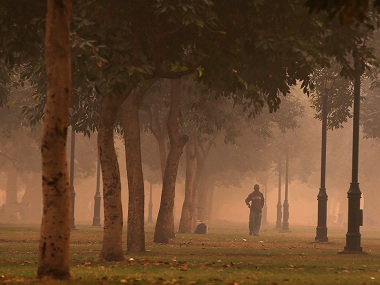)
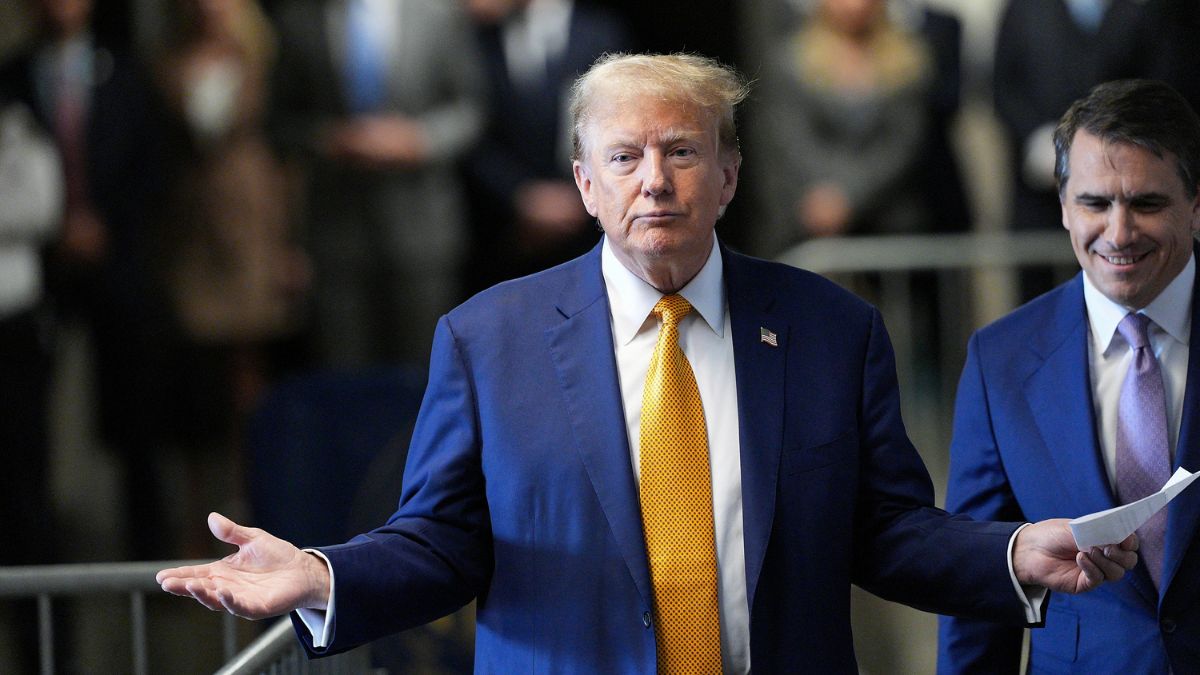)
)
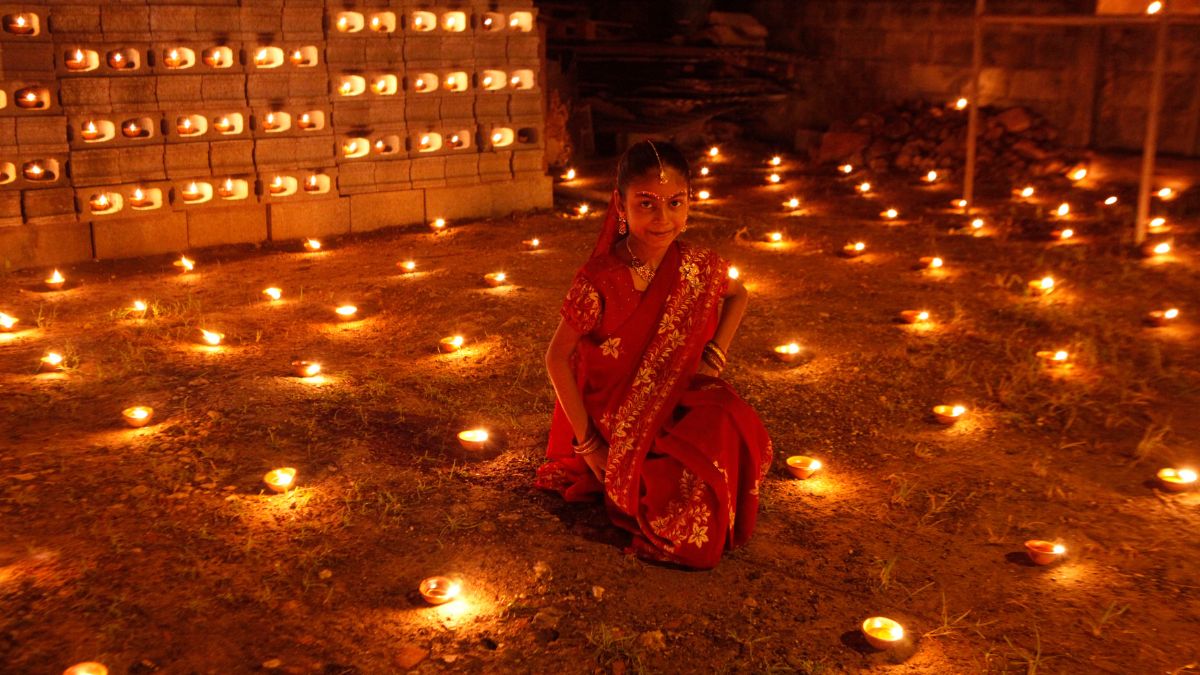)
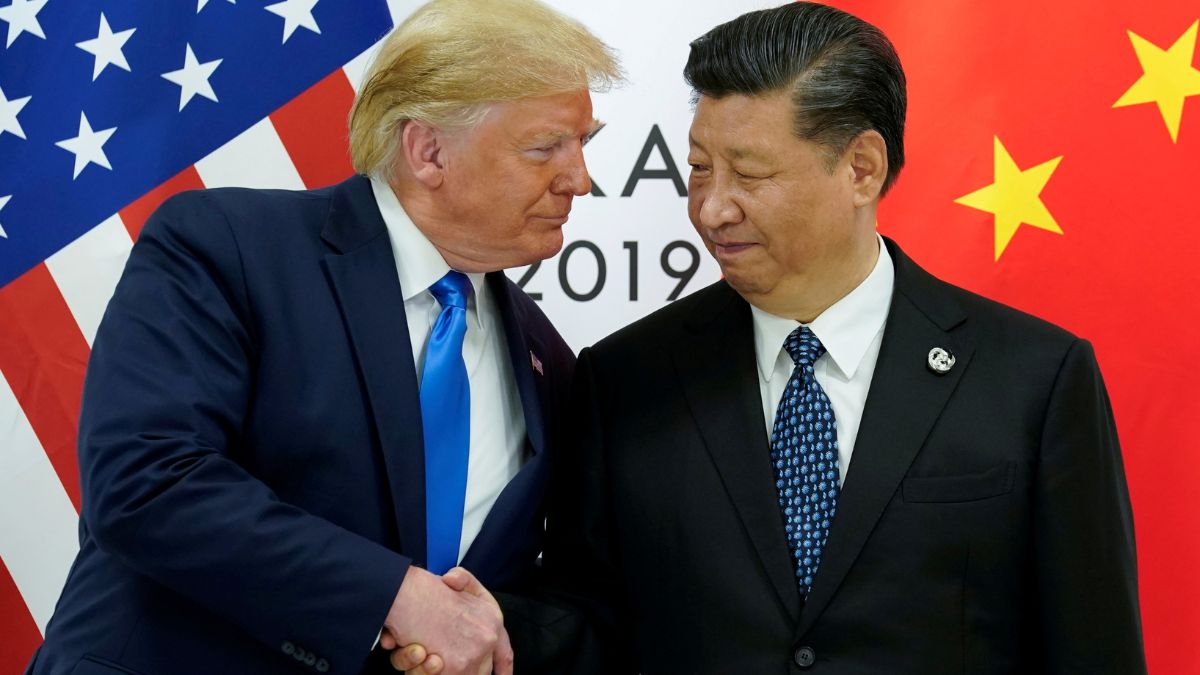)
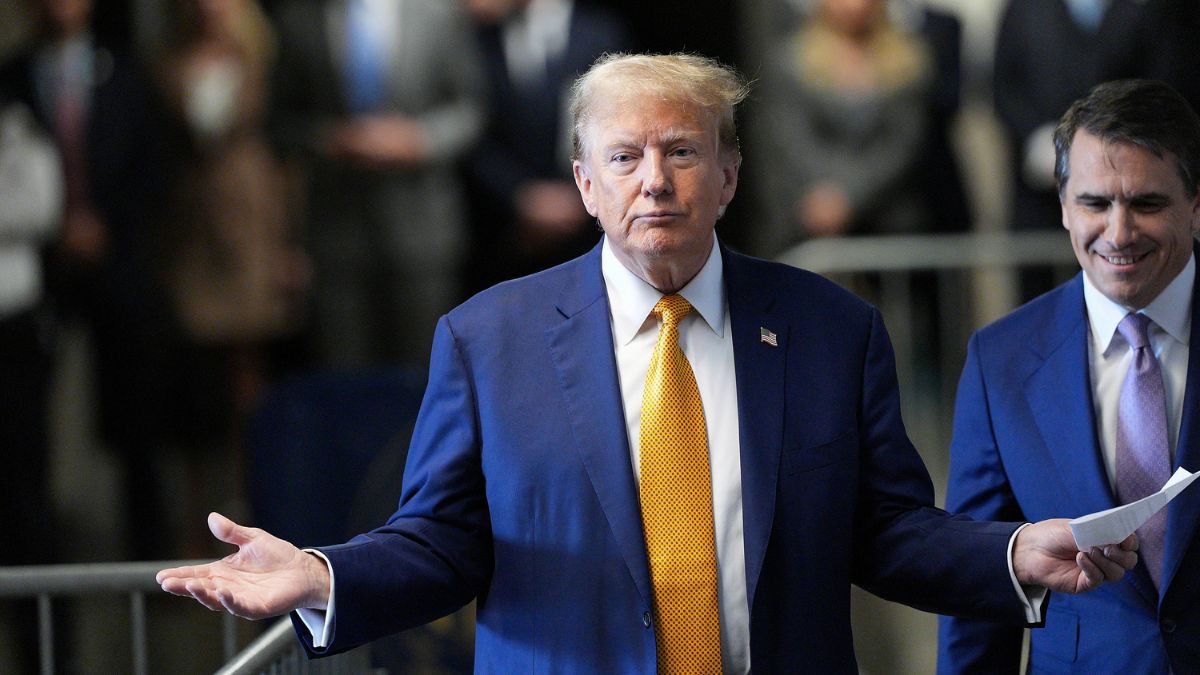)
)
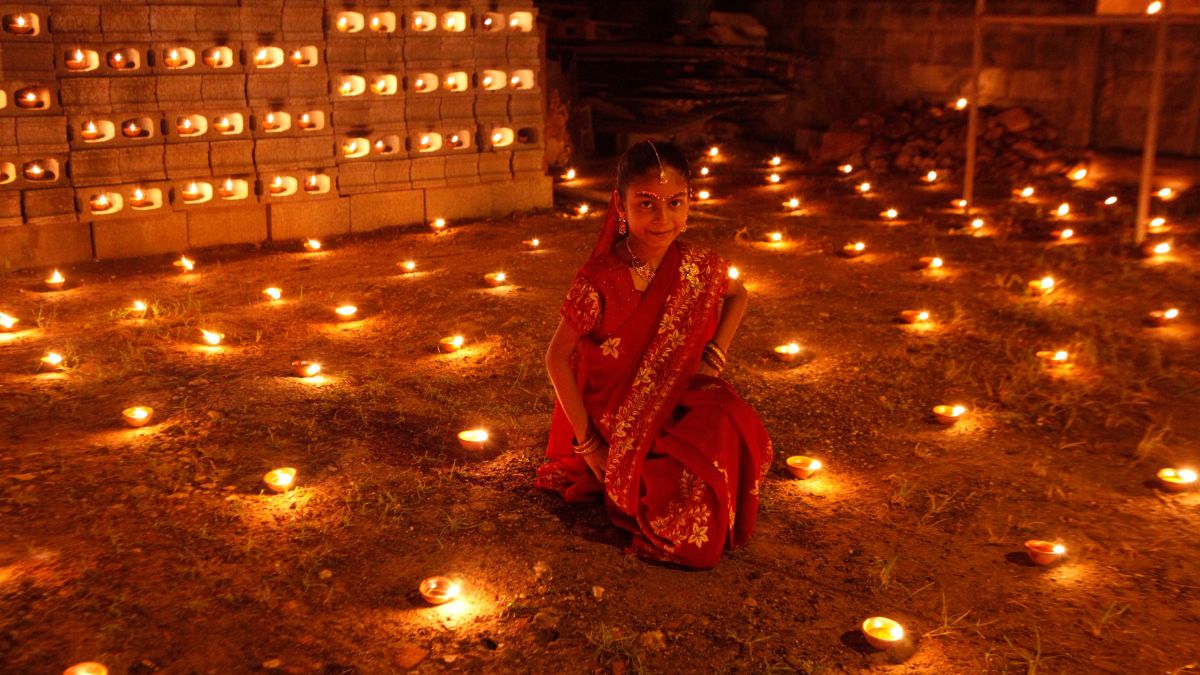)
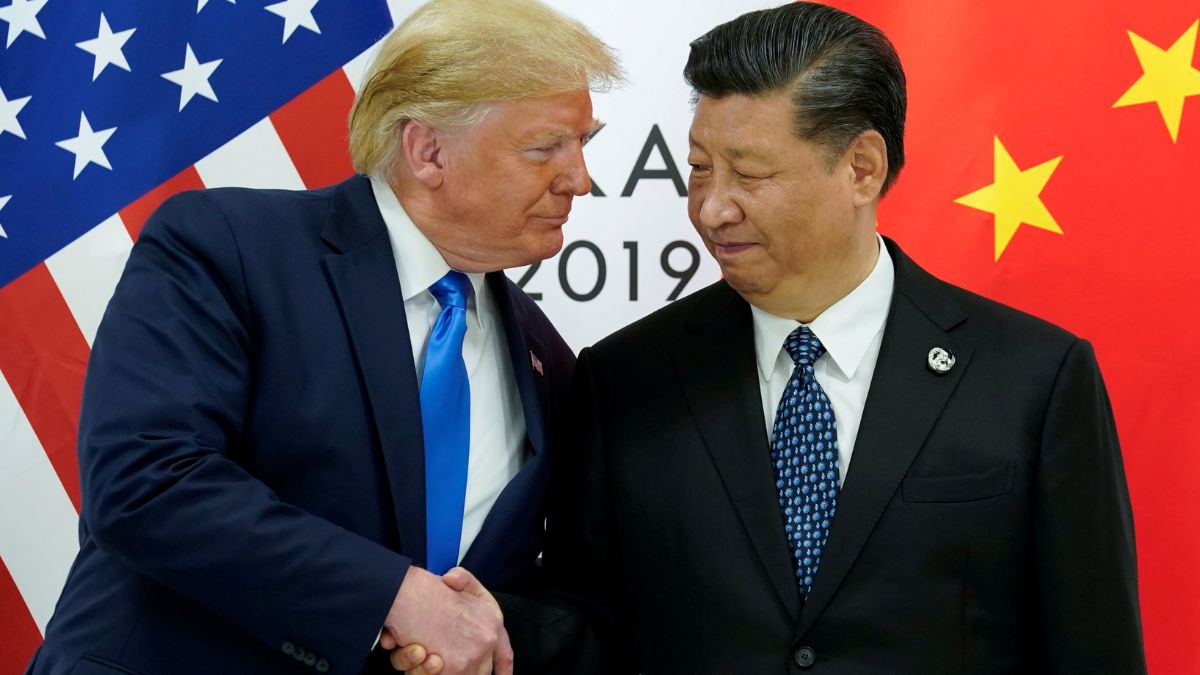)



